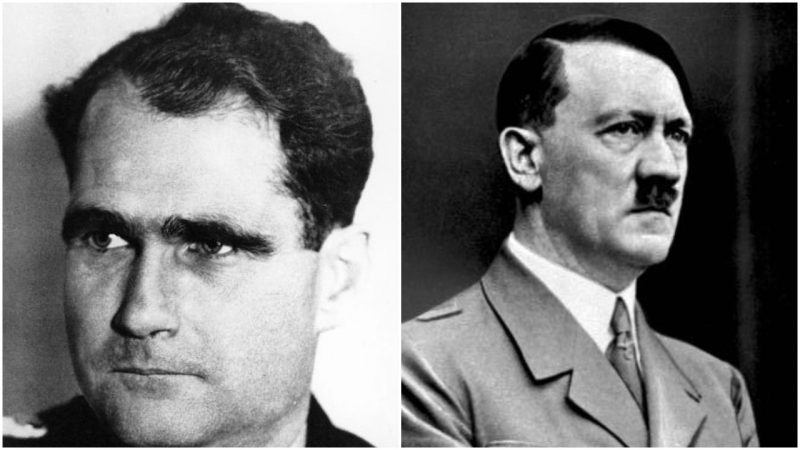Rudolf Hess was an original member of Hitler’s notorious Nazi Party and one the most powerful officials of the regime in Germany. He started his career in the party as Hitler’s private secretary and rose to the rank of Deputy Führer in 1939.
At that time, the only person in the Nazi Party who was more influential with Hitler was Hermann Göring, the president of the Reichstag. Yet Hess evidently wasn’t very satisfied with the direction in which Nazi Germany was heading.
One night in May of 1941, just weeks before Hitler initiated an invasion of the Soviet Union, he embarked on a personal mission which shocked both the Allies and the Nazis. He flew a Messerschmitt Bf 110 two-seater fighter plane from Augsburg to a field near the village of Eaglesham in Renfrewshire, south of the Scottish city of Glasgow, where he parachuted onto a field on which a farmer was plowing his land. Since Hess sprained his ankle while landing, the farmer, named David McLean, took him to his home and his mother promptly offered him some tea.
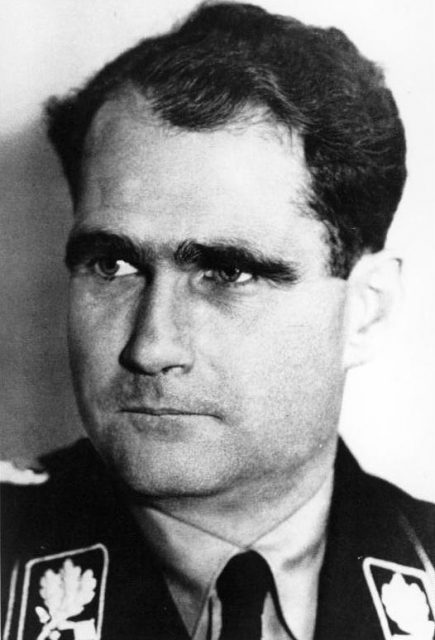
Hess’s flight was actually a remarkable effort: he managed to maintain his course for nearly 1,000 miles while consulting only paper maps and his handwritten charts. Also, he somehow avoided all German night patrols while flying over Nazi airspace and had the luck to miss all British air defense outposts before landing on McLean’s field.
Apparently, the reason behind Hess’s daring flight was an attempt at negotiating peace behind Hitler’s back. He believed that the British and the Germans shouldn’t be at war with one another other because their nations had emerged from the same ancient ancestors, the Germanic tribes. Also, since Hitler was planning an invasion of the Soviet Union, Hess was likely worried that the British could use that opportunity to carry out an invasion of Germany. His plan was to contact the Duke of Hamilton because he believed that the Duke could persuade Winston Churchill into signing a secret peace pact with Germany.
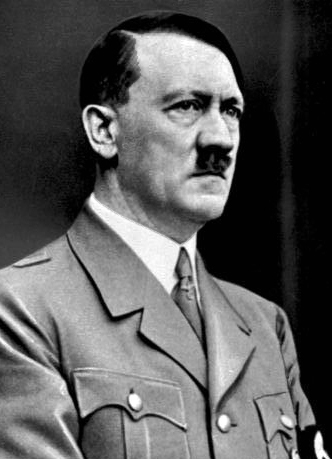
However, although the Duke of Hamilton actually met with the rogue Hess, he refused to cooperate. Under Churchill’s orders, Hess was imprisoned in the Tower of London and became the last political prisoner to be imprisoned in that historical institution. Furthermore, Churchill immediately made a cunning strategic move: he announced Hess’s defection to the public, knowing that the announcement might destabilize Nazi Germany since Hess was one of the country’s leading political figures.
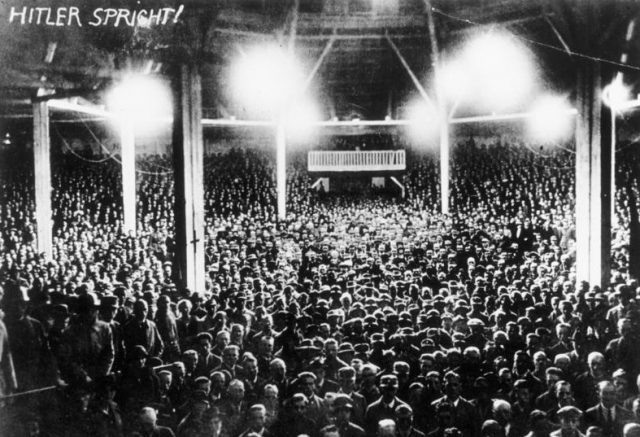
Naturally, Hitler was shocked and infuriated by the escape of one of his most trusted loyalists. He feared that the German public might think that Hess lost faith in the Nazi regime and that he fled the country out of sheer desperation, so he announced that the Deputy Führer’s defection was a result of an acute mental illness. No one was bold enough to oppose him.
Hess remained in British custody until the end of the war. During the Nuremberg Trials, he was sentenced to life in prison and transferred to Spandau Prison, a high-security prison for Nazi war criminals located in West Berlin, where he remained until committing suicide in 1987, at the age of 93. From 1966 to his death, he was the only prisoner at Spandau since all others either died or were released. Therefore, he had more than 20 years of complete isolation and solitude to contemplate the heinous acts against humanity which he once committed as a prominent member of the Nazi Party.
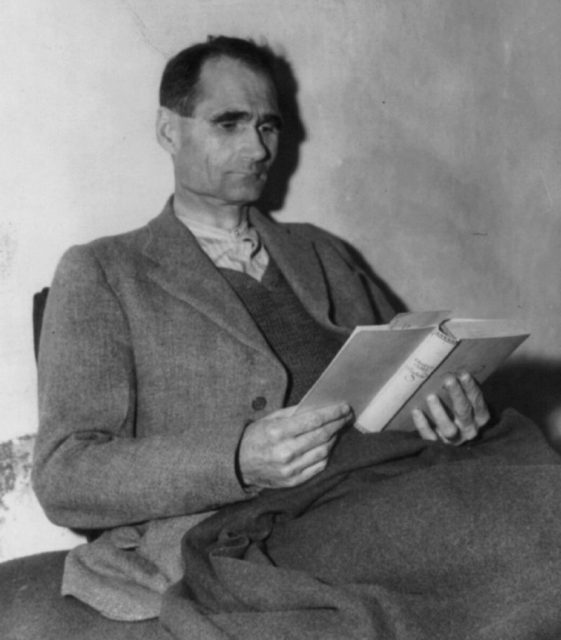
Nowadays, many historians theorize that Hess’s incredibly successful 1,000-mile flight couldn’t have been a coincidence. Some speculate that he was actually sent by Hitler himself and that the Führer denounced him when the plan of signing a secret peace pact with the British failed.
Related story from us: Dresses from the sky: WW2 wedding gowns made from silk and nylon parachutes
Others believe that the British air defense outposts were ordered not to fire at his Messerschmitt because Churchill’s government supported his defection. Finally, some of the hardline conspiracy theorists are certain that Hess actually never flew to Scotland and that a trained impostor conducted the effort instead while he remained by Hitler’s side until the end of the war and then safely fled to South America.
